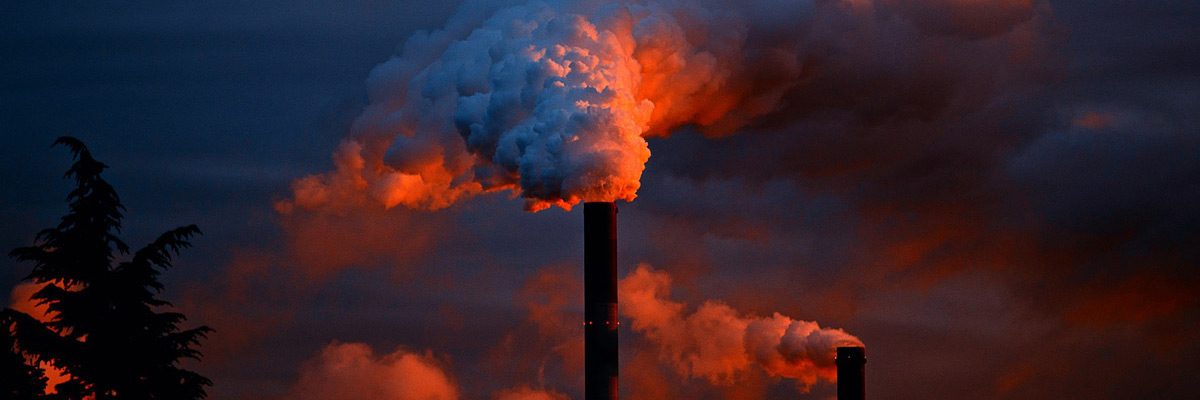I have argued for a long time that the only demonstrable source of global warming is homo sapien. Why? Because we burn things unnecessarily. We can’t help it. We got started a long time ago and it is all we know. All the other potential sources of global warming are in cooling phases, the Sun, the Earth’s Core, Jupiter and the Moon. Now of course it could be caused by Aliens shooting raybeams at the Earth and if you want to believe that, fine. So for the long term what we get is a hot wet unpredictable planet that causes a human die back…that is ok at one level. Humans have suffered several “evolutionary bottlenecks” and survived. At one point 50,000 years ago us Sapiens went from a couple million strong to 5,000 over night. You might think that having the Homo population shrink to the size of Riverton, IL is scary enough BUT
But the bigger danger is short term. Because the cooling going on is being masked by our polluting, this can have what is called in statistics a “rebound effect”. According to Statistical Theory (and Quantum Physics) everything fluctuates which puts us in danger of having a really really cold or hot year. Believe it or not since we have been warming for soooo long, the odds are that we have a really really cold year. From a food perspective and actually from a life in general perspective it’s better to be hot than it is to be cold – unless of course you are a Neaderthal. The point being that humans shrank to the equator during the last ice age and just kinda hung around.
Why do I bring this up? Well:
http://dsc.discovery.com/news/2009/05/27/solar-minimum.htmlhttp://dsc.discovery.com/space/my-take/solar-minimum-problem.html
Dormant Sun Spills Secrets in Its Sleep
Irene Klotz, Discovery News
Sitting Pretty | Discovery News Video
May 27, 2009 — With the sun at its lowest activity level in nearly 100 years, scientists are taking advantage of its quiet state to ferret out some of the more subtle — and occasionally insidious — ways the sun impacts Earth’s climate and atmosphere.
Solar flares and other geomagnetic events on the sun vary in frequency over an 11-year cycle. Now at an unusually low “minimum” in that cycle, the sun is expected to peak in activity in 2013.
“If you thought that the globe was going to warm up because there was more solar activity, you might perhaps expect it to get warmer everywhere, and this is not the case,” said Joanna Haigh, an atmospheric physicist with Imperial College in London.
:}
Even worse:

Comparison between solar minimum (left) and solar maximum (right) in extreme ultraviolet light (EUV). Huge coronal loops can be seen erupting from the solar surface at solar max, conditions perfect for solar flares and CMEs. The Solar and Heliospheric Observatory’s EIT instrument captured these images 11 years apart Credit: SOHO/NASA
Want more? Click here for the rest of the Wide Angle: Solar Maximum. Credit: NASA
The sun is being really boring. Nearly 18 months after the “official” start of Solar Cycle 24, observers are looking closely at the ball of hot plasma in the sky asking, “What is wrong with the sun?”
To be honest, we don’t know if there’s something wrong or not; it depends on what your opinion of “wrong” is.
On the one hand, the sun is enduring the deepest solar minimum for a century, perplexing solar physicists, leading to some suggestions the sun may continue its blank stare for some time to come.
As sunspot number is astonishingly low, this means internal magnetic activity must also be low. For some reason, the usual cycle of 11 years from peak to trough — from solar maximum to solar minimum — has been interrupted. The fireworks we experienced in 2003 could be a thing of the past and we might be looking at another Maunder Minimum (an extended period of time from 1645 to 1715 when few sunspots were seen by astronomers).
As magnetic activity is low, this also means there has been a drop in solar energy output. There has been a 0.02 percent decrease in optical light and a 6 percent drop in ultraviolet light if we compare this solar minimum with the last one, 12 years ago. Although we’re not going to freeze any time soon, the suns reduction in output could have consequences for our climate. But no, it won’t save us from carbon-induced global warming, that problem is here to stay.
:}
I was going to work my way through all the energy incentives from the Feds and showing examples of each starting with PAINT your ROOF white…something I have advocated for 30 years but I thought this was more important for today. Jam Band Friday will have to do.
:}


